What data recovery tools to buy if you want to start a data recovery business?
Free video data recovery training on how to recover lost data from different hard drives?
Where to buy head and platter replacement tools at good prices?
Data recover case studies step by step guide
I want to attend professional data recovery training courses
WHAT IS A HARD DISK?
Once known as the Winchester drive, the hard disk or hard drive is an essential hardware that every computer desktop and server contain. And its functionality, is to store vast amount of digital data in a non-volatile form, so that data can be retained when the computer is powered off. Data is again accessed when the power is on.
HARD DISK APPLICATIONS
Hard disks is a growing storage medium, used in desktop computers, laptop computers, video recorders, game consoles, portable players and much more.
Based on the principles of magnetism much like cassette tapes and floppy disks, hard drives are not immune to failure. As such, it is important to take care of your hard disk, and use it carefully.
TYPES OF HARD DISKS
There are a few different types of hard disk but, other than its physical size, the different type of interfaces of the hard disk is the main difference.
Desktop Hard Disk Types: 3.5′, IDE and Sata Interfaces
Laptop Hard Disk Types: 2.5′, 1.8′, IDE, Sata, SCSI
Server Hard Disk types: 3.5′ Sata, SCSI
There’re two popular ways to measure the performance of a hard disk:
Data Rate
Data rate is also known as data transfer rate or throughput. It refers to the speed with which the data can be transmitted from one device to another. Data rates are commonly measured in megabytes (MB) per second. The data rates for a typically hard disk ranges between 5 to 40 megabytes per second.
Seek Rate
Seek time refers to the total span of time between a file request by the CPU to the point when the first byte of the file is sent to the CPU. This is one of the several delays associated with reading or writing data on a computer’s disk drive. In order to read or write data in a particular place on the disk, the read/write head needs to manoeuvre to the precise location of the disk platter. This process is known as “seeking”, and the time it takes for the head to move to the right place is referred to the “seek time”. A typical seek time for a hard disk is about 9 to 15.
Data recovery Salon welcomes your comments and share with us your ideas, suggestions and experience. Data recovery salon is dedicated in sharing the most useful data recovery information with our users and only if you are good at data recovery or related knowledge, please kindly drop us an email and we will publish your article here. We need to make data recovery Salon to be the most professional and free data recovery E-book online.

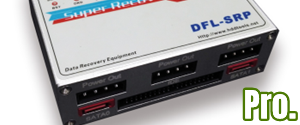
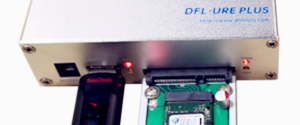
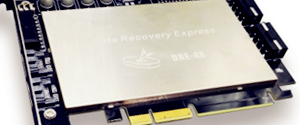

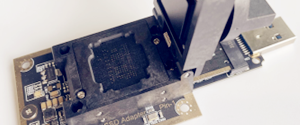
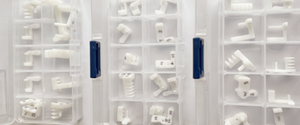
Comments are closed
Sorry, but you cannot leave a comment for this post.